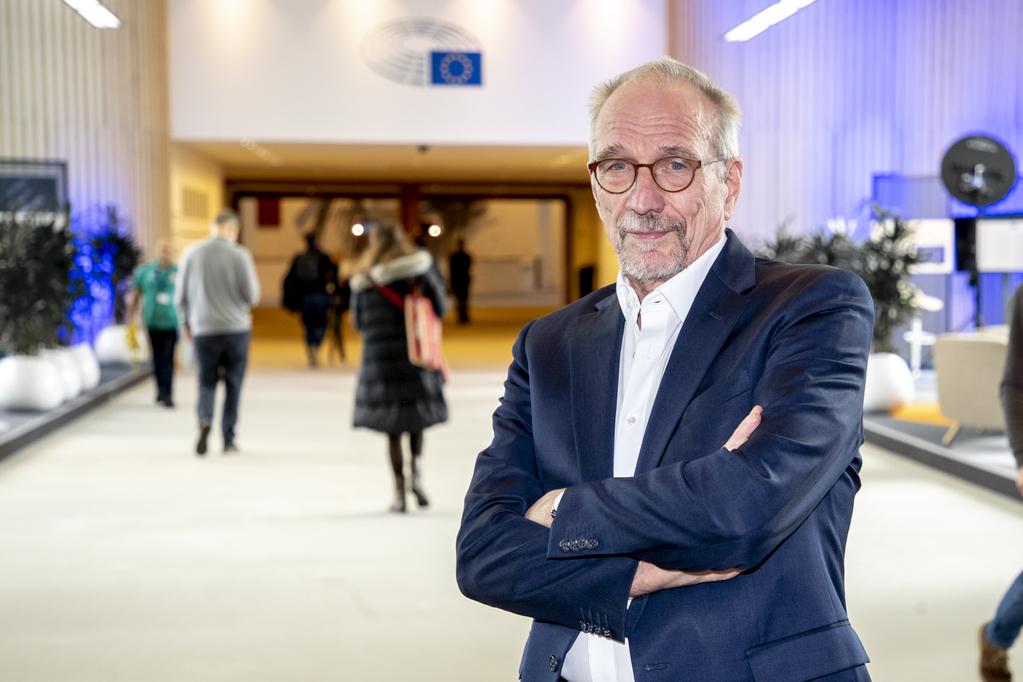There are two main reasons for this new behaviour: technological progress and increased awareness among consumers. The challenge is not anymore to make people and organisations engaged in the change. The challenge is to provide them clear enough regulation not to slow down the change.
As the word challenge insinuates, this is not going to be easy on an EU level. We need predictability on the single market to attract the required investments. However, we also need to acknowledge specific Member State circumstances as well as the well-known impossible task of predicting technological progress. This is why the notion of technological neutrality is so important. We need to keep all possible options available and then see which of them will push us in the right direction. In addition, to make it even more complicated – many of those options are for the moment easily outside our imagination. At the same time, naturally, we need to make sure that this does not create loopholes for a laissez-faire attitude in key sectors.
Not an easy task in other words. However, we need to get it as right as possible and quickly, in order to endorse big private investments into solutions, which will take us closer to our common goal of carbon neutrality.
While the proposed new directive on energy efficiency is expected to provide tools for harvesting the low-hanging fruits of emissions reductions in the energy sector, it is crucial that it recognizes the immense amounts of investments renewable energy production is going to need. Although the speed in which technological progress has been reached is fascinating, renewable energy might still in several cases be far from the most efficient option, precisely because we lack investments in innovative solutions and infrastructure in this field.
The key is to enable transitional solutions in order to strengthen the market for renewable energy as quickly as possible, ultimately leading to an energy market consisting of 100% renewable energy. In some cases, this 100 percent might be out of reach because there are no hydropower resources and wind and solar energy have their known shortcomings.
The EU can and should set goals for the Member States to achieve. The implementation of e.g. a union-wide taxonomy to help lead investments into the right type of projects is in theory very nice. Nevertheless, we have to keep in mind the risk that too rigid solutions might shut doors on investments into best practice of Regional and Member State specific solutions.
Interesting examples on projects with the aim to set up affordable and self-sustained energy systems, based on 100% renewables, can already be found locally around the EU. Flexens, an organisation behind such projects on Cyprus and Åland Islands, has calculated that all societies will be largely dependent on solar and wind energy for reaching carbon neutrality. Depending on the society, these forms of energy could in an economically feasible way count for between 70 and 90 percent of all energy demand in the EU. However, fluctuations in the availability will require also other stabilizing sources to be added to the mix. Geothermal solutions is already a financially feasible option for heating purposes on a large scale and the rest of the energy mix could in a not too distant future be covered by bioenergy and/or hydropower. In other words, solutions for financially feasible and fully renewable sources of energy already exist.
It is also important to understand that the percentages between sources can vary largely from one Member State to another. Therefore, one size does not fit all. It is also important to remember that the large-scale rollout of renewable energy sources will require new technological solutions to guarantee the stability of the grids as well as the storage and availability of electricity. This “intermediary” between the original energy source and the effective utilization, is where transitional solutions will be especially important. For enabling a 100 percent renewable energy market as quickly as possible, we will unfortunately have to accept that hydrogen, batteries and biofuels will be produced in a less than 100 percent renewable fashion for the time being.
Financial feasibility of different technologies can vary largely across the EU depending on the energy sources available and their prerequisites for being a viable solution. Therefore, as mentioned earlier, it is important that the EU does not overstep its competences and impose a feared “one size fits all”-solution for all Member States, which might very well create barriers for societies to turn their energy grid to 100 percent renewable as quickly as needed.
The energy transition is well under way and ambitious goals as well as effective scrutiny to continue tackling climate change is in the EU’s and its Member States’ interest. Let us not be the ones closing doors on the transition by expecting that we in Brussels know best how every EU citizen should lead a carbon neutral life in the most efficient way.


